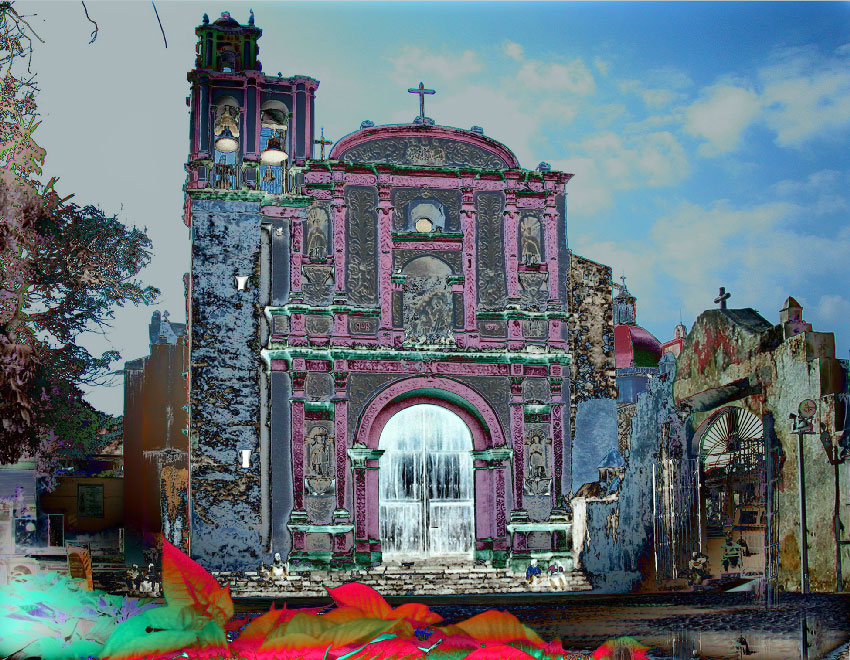Cro-Magnon
(take at American Museum of Natural History. NYC)
The Cro-Magnon were the first early modern humans (early Homo sapiens sapiens) of the European Upper Paleolithic in Europe. The earliest known remains of Cro-Magnon-like humans are radiometrically dated to 35,000 years before present. Etymology
The name derives from the Abri de Crô-Magnon (French: rock shelter of Crô-Magnon) near the commune of Les Eyzies-de-Tayac-Sireuil in southwest France, where the first specimen was found. Being the oldest known modern humans (Homo sapiens) in Europe, the Cro-Magnon were from the outset linked to the well-known Lascaux cave paintings and the Aurignacian culture that flourished in southern France and Germany. As additional remains of early modern humans were discovered in archaeological sites from Western Europe and elsewhere, and dating techniques improved in the early 20th century, new finds were added to the taxonomic classification. Absolute Astronomy
The Future of Human Evolution
Our Future As we look toward the future, experts debate whether we might alter the course of human evolution. What does the future hold for humanity? It is beyond the reach of science to peer ahead hundreds, thousands or millions of years with any certainty. But it is clear that our survival, like that of any species, depends on the potential of our species to adapt to a changing environment. While humans have adapted to such changes many times in the past, the future presents new challenges. Humans are no longer passive agents in the evolutionary process. The environment will always shape us, but we in turn are now shaping the environment. Today our world is changing rapidly, largely because of human activity. The atmosphere is getting hotter, wild habitats are disappearing and countless species are going extinct. These changes pose threats to the natural resources we depend on—and could ultimately threaten our quality of life and even survival. At the same time, humans have an extraordinary capacity to improve the future. Given the wondrous achievements in human history, from the wheel to computers and spacecraft, our potential for advances in art, science and technology is incalculable. By taking an active role in transforming our world and ourselves, we will affect our destiny, for better or worse. How might we use—or abuse—our capacity? Will we really change the course of human evolution?
ARE HUMANS STILL EVOLVING?
In this era of global travel and interconnected societies, we no longer have small, isolated populations evolving in different directions, as was the case earlier in human evolution, helping to drive the emergence of new species. The human genome continues to change in minor ways, but under present conditions a new human species more than likely will not emerge.
COULD A NEW HUMAN SPECIES EVOLVE?
Human populations might once again become small and isolated and a new species might then emerge if humans experienced environmental collapse, war, pandemic disease or geological catastrophe on a massive, global scale.
Certain experts think another scenario is also possible. By directly manipulating the human genome, some humans could be altered so significantly that, if reproductively isolated from other humans, they might become a separate species. Critics disagree, claiming that there will be enormous technical, political or moral barriers to making significant changes to the human genome.
More about:
Dance of The Tiger by Björn Kurtén
The Inheritor by William Golding
| 

















































